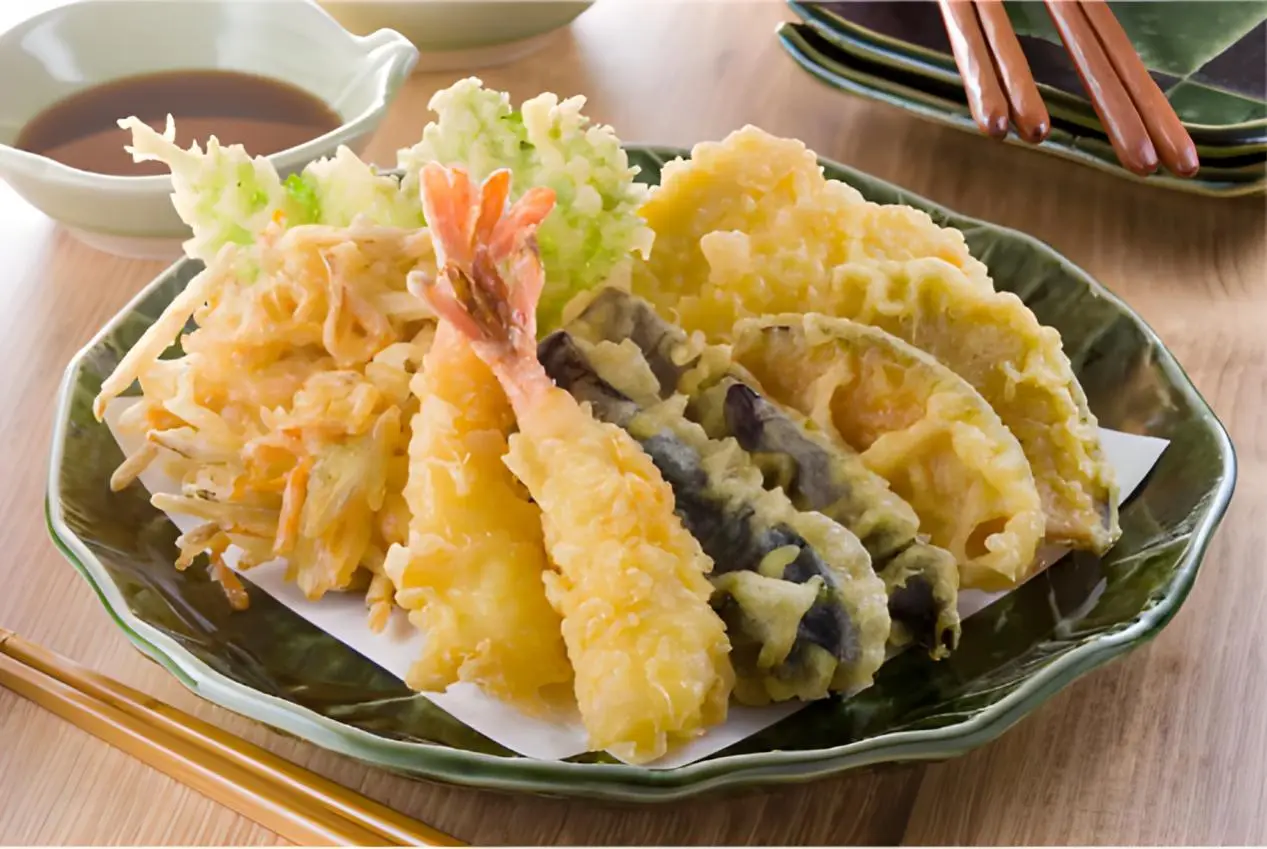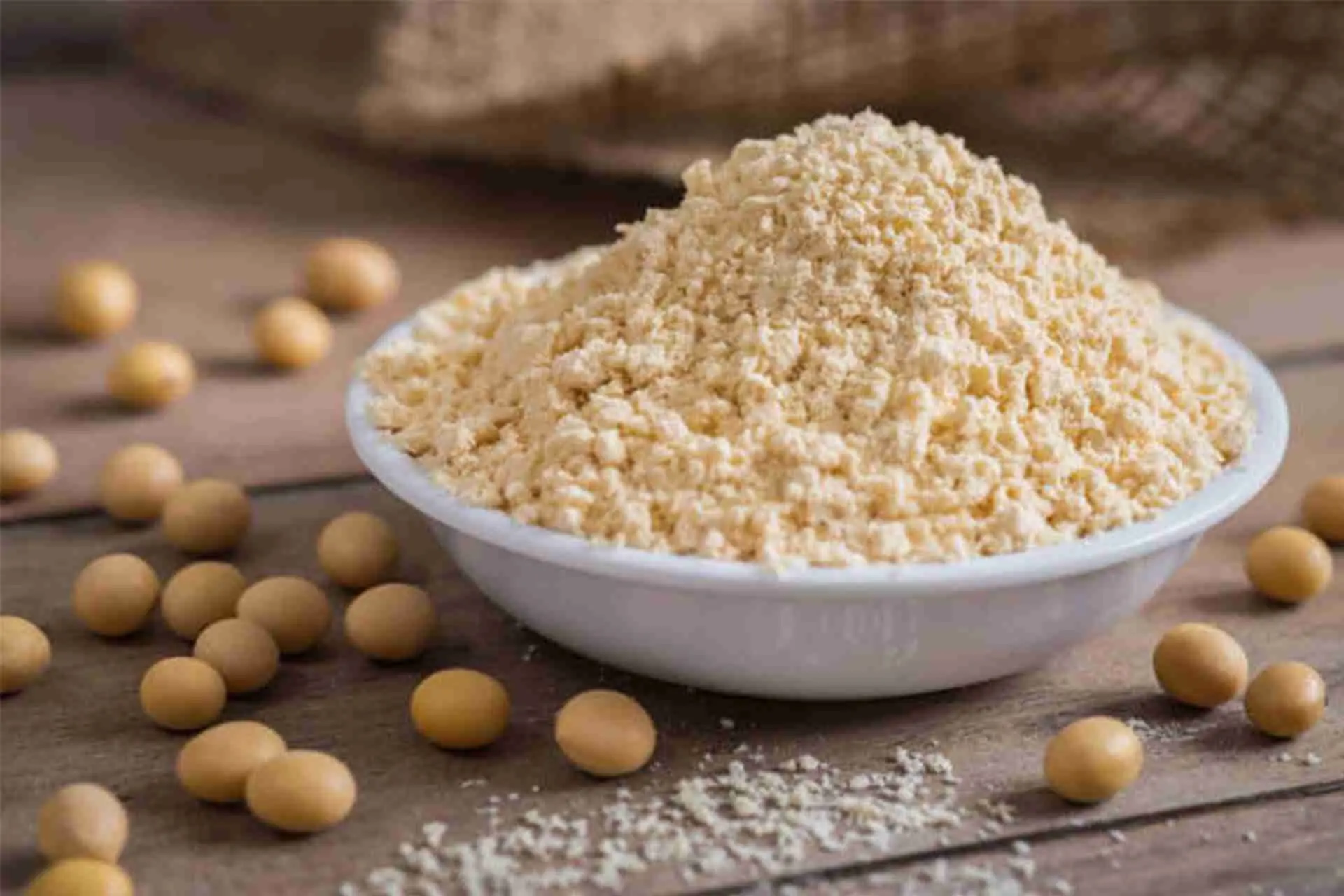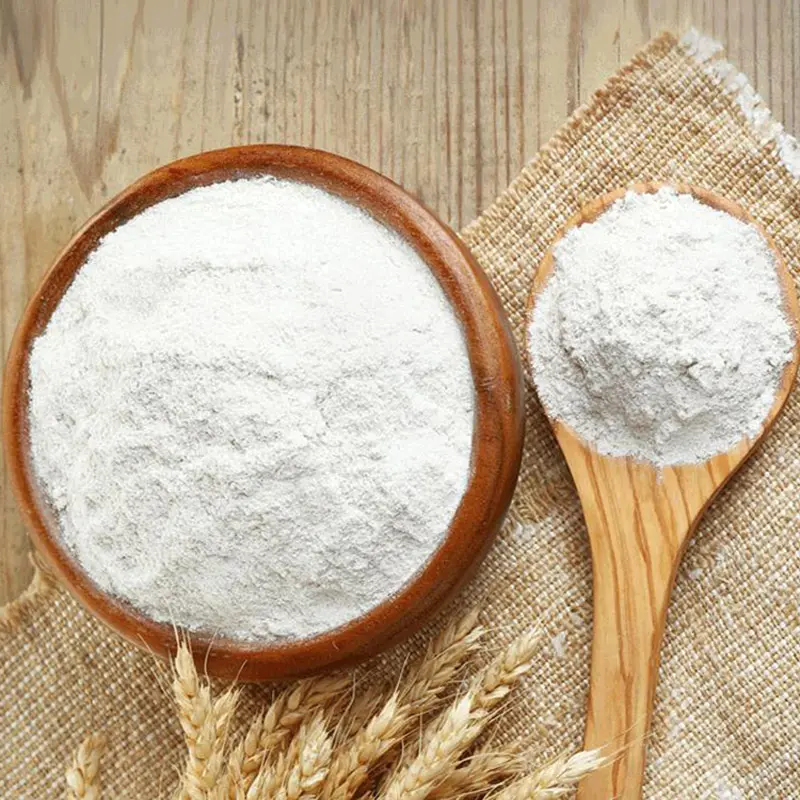Innovative Application of Coating Technology in Plant-Based Meat Substitutes
With the global rise of plant-based diets, plant-based meat (such as Soy Protein and pea protein products) faces challenges such as monotonous taste and dry texture. Coating technology is becoming a key innovative tool to solve this problem. Especially in the European and American markets, it is widely used to optimize the "meaty" experience of plant-based meat and promote alternative protein products to the mainstream consumer market.
- The core role of coating: simulating the texture and flavor of animal meat
Consumers often complain that traditional plant meat is "dry" or "too powdery" due to the lack of natural fat and texture structure. Through scientifically proportioned coating (such as Premixed Powder, fried chicken powder, tempura powder), the following breakthroughs can be achieved:
Moisture lock and tenderization: The modified starch in the coating combines with egg protein to form a "microporous membrane" to reduce water loss, so that plant meat remains juicy after high-temperature cooking.
Enhance chewing feeling: The mixed coating of corn starch and wheat protein can simulate the elasticity of animal muscle fibers. For example, some products of Beyond Meat use coating technology to achieve a "tearing feeling" similar to beef.

Flavor absorption: The porous structure of the coating can absorb spice molecules (such as black pepper and rosemary), enhance the taste level of plant meat, and make up for the lack of flavor of plant-based raw materials themselves.
- Standardized solution for industrial coating
Plant-based foods need to be produced on a large scale to meet market demand, and fully automatic coating machines (such as drum coating equipment) have become the industry standard. This type of equipment ensures the consistency of taste of each piece of plant meat by precisely controlling the thickness and uniformity of the coating. For example, the "plant burger" of the American brand Impossible Foods uses a three-layer coating process (pre-coating + intermediate slurry + outer coating), which not only fixes the shape of the ingredients, but also gives a crispy skin.
- The dual value of health and sustainability
Coating technology can also reduce the oil absorption rate of plant meat. Studies have shown that adding 10% oat starch to the coating can reduce the amount of oil absorbed by frying by 30% while retaining the crispy taste. In addition, the raw materials for coating (such as pea starch and coconut fiber) are mostly derived from sustainable crops, which is in line with the pursuit of "low-carbon diet" by European and American consumers.

Coating technology is reshaping the future of plant-based foods. Through scientific formulas and automated production, it not only solves the taste pain points of plant meat, but also uses health and environmental protection as labels to help alternative protein products win more consumers in the global market. In the future, the innovation of coating will be integrated with technologies such as bio-fermentation to further expand the boundaries of plant-based foods.
Contact
Amy
Arkera Inc.
Email: info@cnbreading.com
WhatsApp: +86 136 8369 2063









